Prescribed Fire Will Spark New Growth in the Longleaf Pine Sandhill
As part of our ongoing commitment to environmental stewardship and education, Mead Garden joins a growing movement among botanical gardens to showcase, preserve and promote regional biodiversity through a curated collection of native plants. Over the past decade Mead has introduced and cared for a variety of native plant species in the Sandhill area of the Garden. This has been done in partnership with the Tarflower Chapter of the Native Plant Society. Visitors are increasingly captivated by this native habitat and the gopher tortoises and other wildlife it supports.

To help generate growth in native collections such as Mead’s, botanic gardens across the U.S. have turned to the use of prescribed fires. Also known as a controlled burn, this highly regarded conservation practice replicates naturally occurring fire. These prescribed fires mimic natural ecological processes and yield many benefits. They return nutrients to the soil, control invasive species, and stimulate growth among native wildflowers and grasses. New growth typically is visible within a few weeks following the burn. Universally, prescribed burns require advance permitting and specific “day-of” weather and wind conditions to take place. They are managed by a “certified burn boss” and a fire crew. (See photos and video from other prescribed burns below.)
Mead Plans a Small-Scale Controlled Burn in Southwest Corner of the Garden
Early this summer, Mead Botanical Garden is planning to conduct a controlled burn over a small .03-acre swath in the southwest corner of the Garden as part of its growth management approach for the Sandhill native plant collection. Weather permitting, the approximately 30-minute prescribed fire event is likely to occur sometime in mid to late May or early June.

The confirmed date of the prescribed fire will be posted on the Mead website home page and other social media channels including Mead’s Facebook and Instagram. On the day of the burn, the Nottingham Street entrance to the Garden and the east gate on Pennsylvania Avenue temporarily will be closed. (Read the notice letter delivered to nearby neighbors.)
The burn will be conducted by a team of certified natural area fire specialists, under supervision of experienced “burn boss” Mike Green. The Winter Park Fire Department will be onsite for the event which has been fully permitted and approved by the Florida Forest Service and City of Winter Park. A minimum of two hours of post-burn monitoring and site management will follow. During the burn, neighbors may notice smoke in the area, particularly from the southwest. The team will ensure all embers are extinguished and smoke dissipated before departing. Smoke may linger in the area for a few hours.
Where will the controlled burn will take place?

Questions You May Have…
→ Is this safe? Yes! Thousands of acres are burned in this controlled manner each year under the supervision of certified burn professionals.
→ Will there be firefighters? Yes! Members of the Winter Park Fire Department will be present along with the certified burn professionals.
→ How much land will be burned? 0.3 acres in the southwest section of the Garden.
→ How long will the fire last? The fire will begin around 9:15 a.m., it will burn for approximately 30 minutes. Extinguishing embers and monitoring for flare-ups will continue for a minimum of two hours and longer, if necessary.
→ Will the rest of the Garden be open? Yes, only the south section of the Garden will be closed the day of the prescribed burn.
→ How much smoke will there be? Nearby neighbors, especially to the east, will likely see and/or smell smoke, however, the type of vegetation in the targeted area typically does not produce a large amount of smoke. In addition, the field prep work done prior to the fire will reduce the volume of smoke.
→ How do they stop the fire from spreading where they don’t want it? In addition to the certified staff managing the low-level, low-intensity fire, the paved pedestrian/bike path around much of the target area provides a firebreak that will naturally stop the fire from spreading. Specific plants and split-rail fencing are hosed down before and during the fire.
→ Will this endanger the gopher tortoises and other wildlife that live in this area? Several gopher tortoise burrows in the targeted area will provide refuge for wildlife that have not left the area ahead of the creeping. These burrows average 15-20 feet long and up to 12 feet deep.
→ What safety measures will be taken? Debris removal and tree trimming. The target area has been prepped in anticipation of the prescribed fire. Debris, excess fuel and other accumulated materials will have been removed from the area and bases of trees. Low level branches have been removed to prevent fire from climbing up into the canopy. Creation of fire break pathways prevent the spread beyond the designated area.
→ How will you extinguish the flames? The flames will die down as plant matter burns off. We will douse any remaining embers or hot spots with water and will continue to monitor the area hours after the burn ceases.
→ Will new wildlife be attracted to this area after the burn? Yes! In particular, we hope to encourage nesting by Bobwhite Quail which have been seen in this area and other parts of the Garden.
→ Why is this fire needed or beneficial? Many native species depend on fire to remain healthy; they naturally thrive after low-intensity fires. The flames promote new growth of grasses and other plants, which nourish wildlife. Other anticipated benefits:
– Controls non-native plants not adapted to fire
– Promotes seed distribution
– Releases nutrients to provide natural fertilizer
– Stimulates growth of native wildflowers
– Stimulates wiregrass to produce more viable seeds
– Clears out bare ground to allow for natural regeneration of longleaf pines
– Provides research opportunities, including comparison of plant native diversity pre and post fire
→ If fire is part of the natural ecosystem, why is a prescribed burn needed? In nature, lightning starts wildfires that clear out debris and regenerate plant growth. Recurring maintenance of the Garden’s grounds and tree canopy prevents lightning from sparking a wide-spread blaze as it would in the wild.
Examples of Other Controlled Burns
Many botanic gardens and nature preserves annually conduct controlled burns including the Oakland Nature Preserve, Naples Botanic Garden, and Denver Botanic Garden.
Here are links to videos and information about their burns:
Oakland Nature Preserve
For the past six years, the Oakland Nature Preserve located south of Lake Apopka, has conducted annual controlled burns. The most recent was May 15, 2025. Its grasses, wildflowers and other plant populations are similar to the Sandhill area at Mead. Below are photos from prior controlled burns at Oakland. Preserve Director Nicole O’Brien reports significant new plant growth following these burns.




